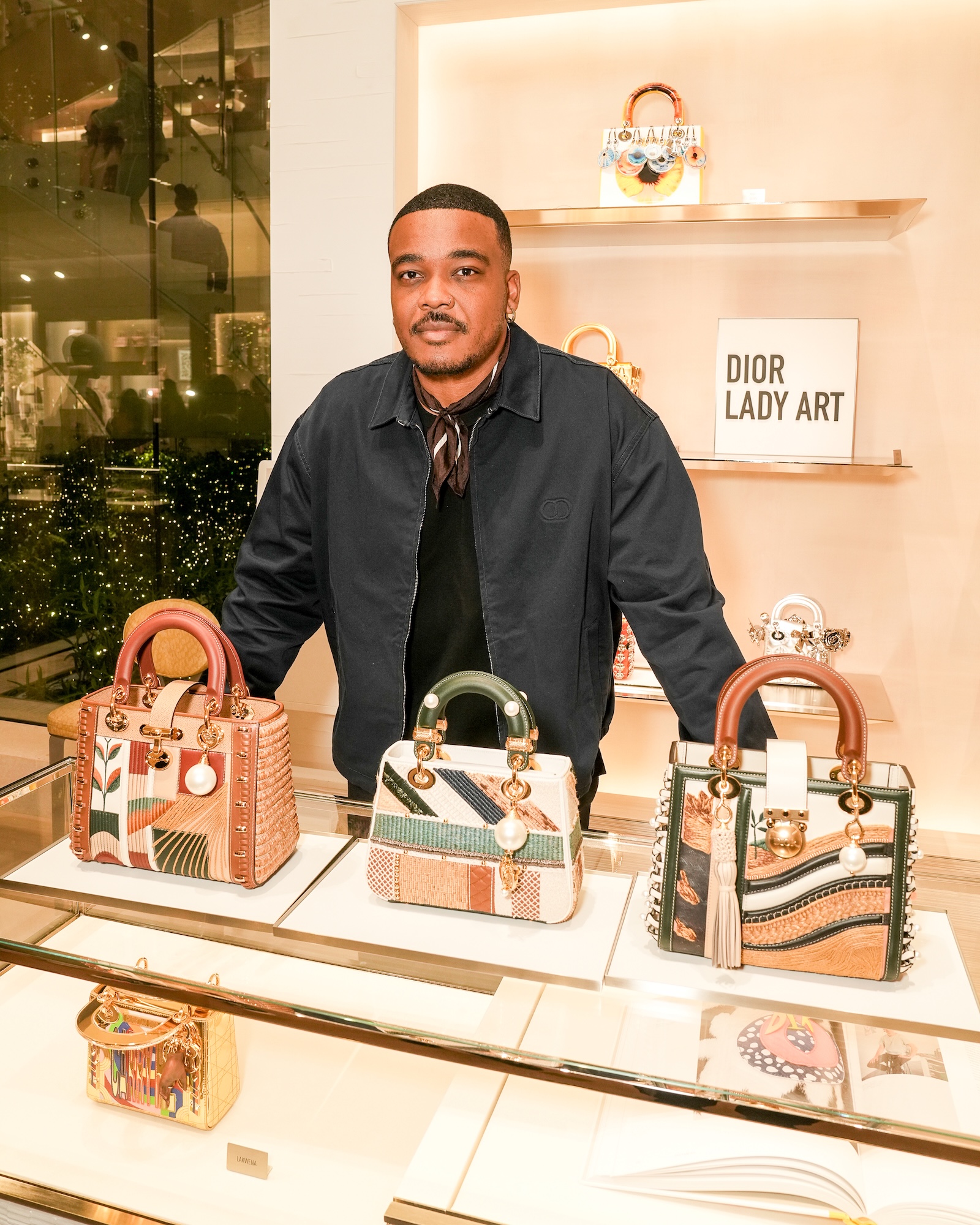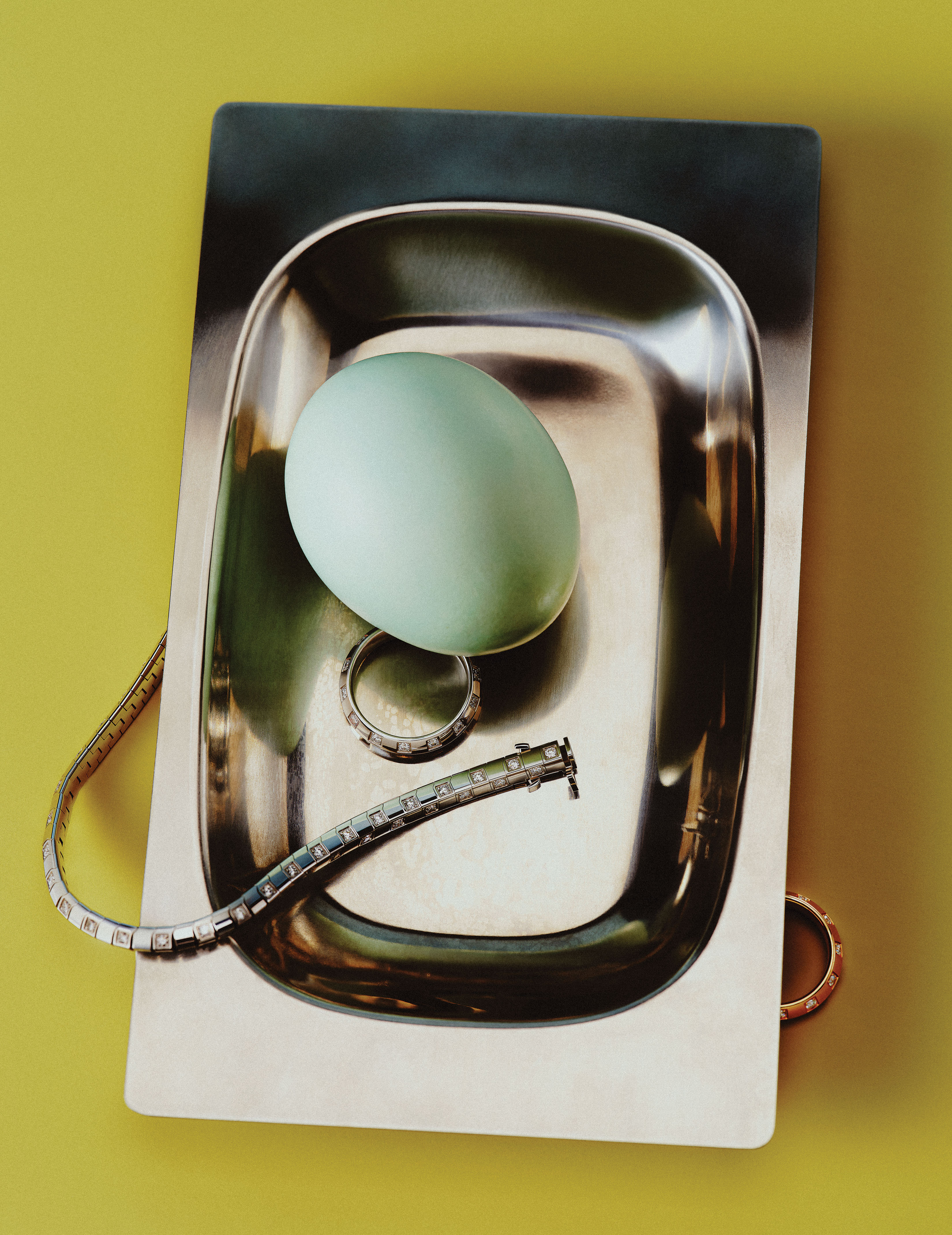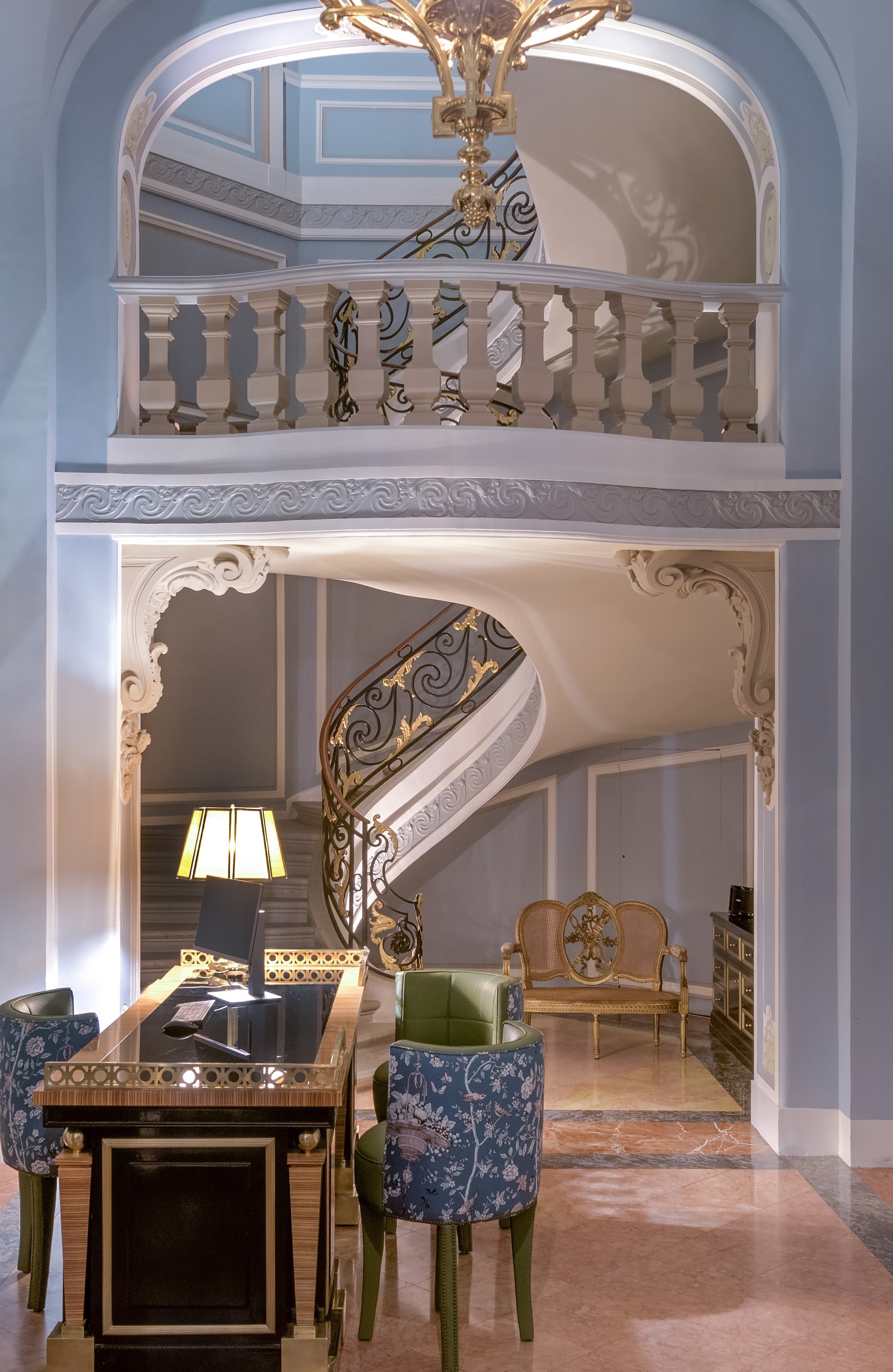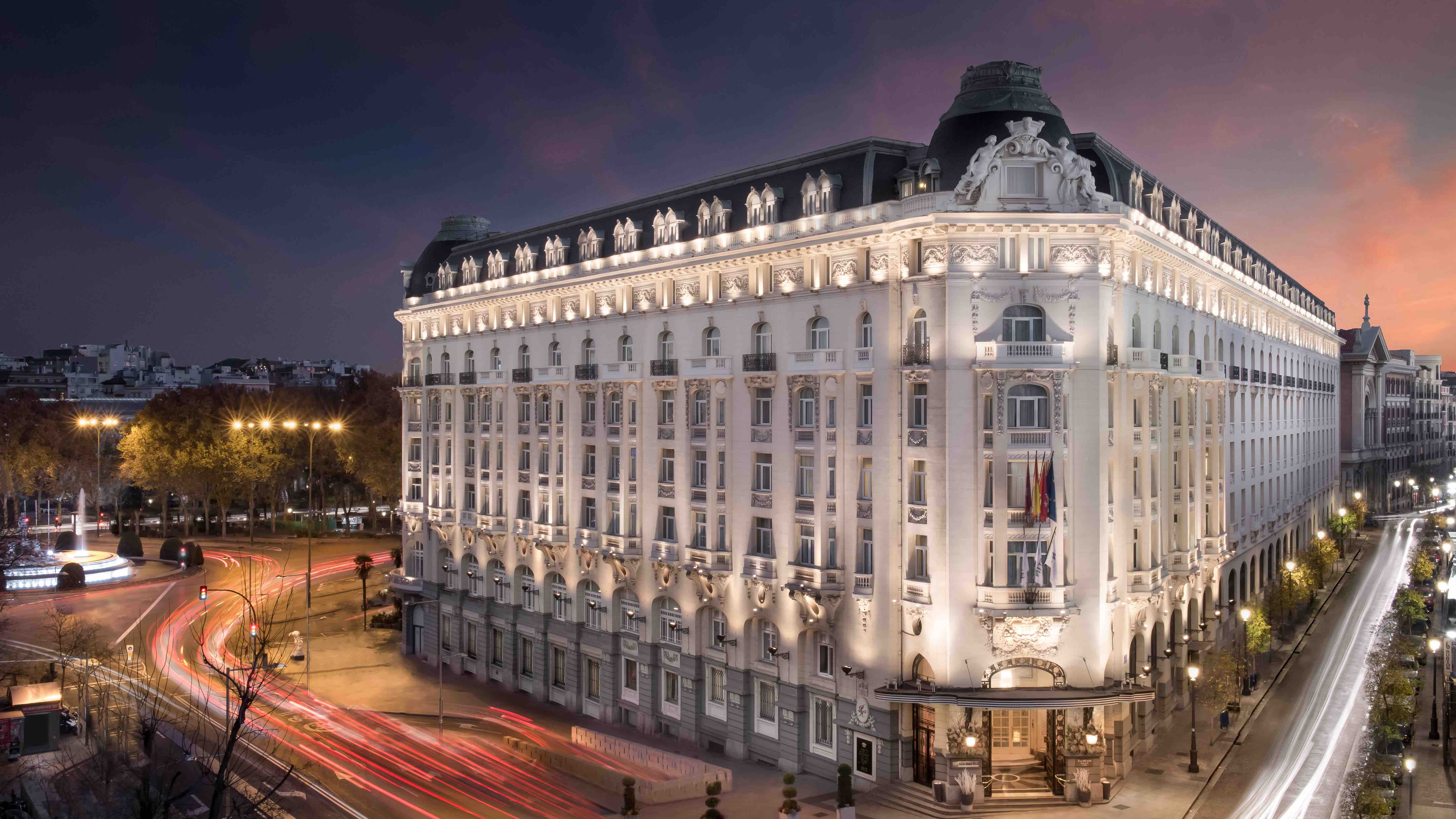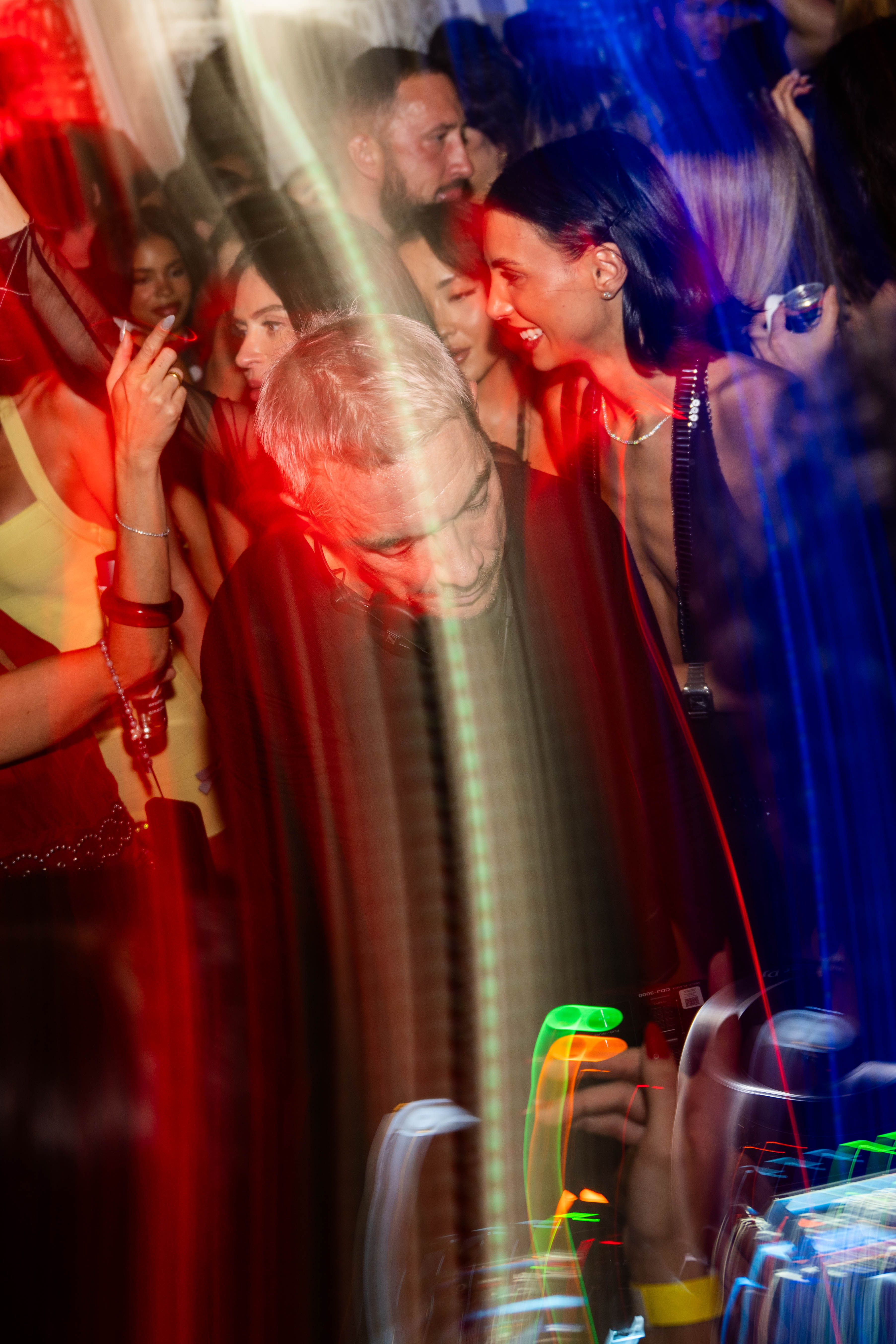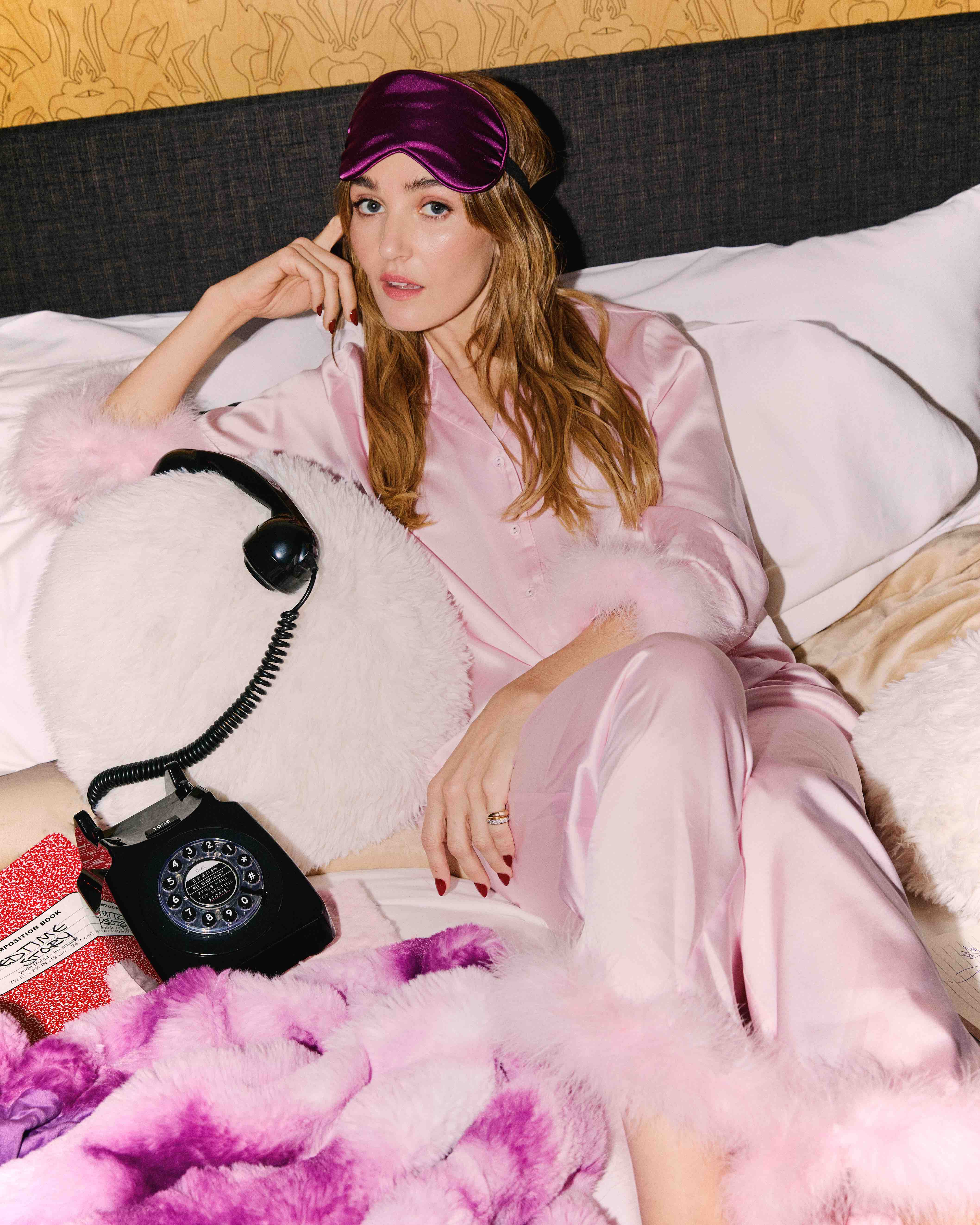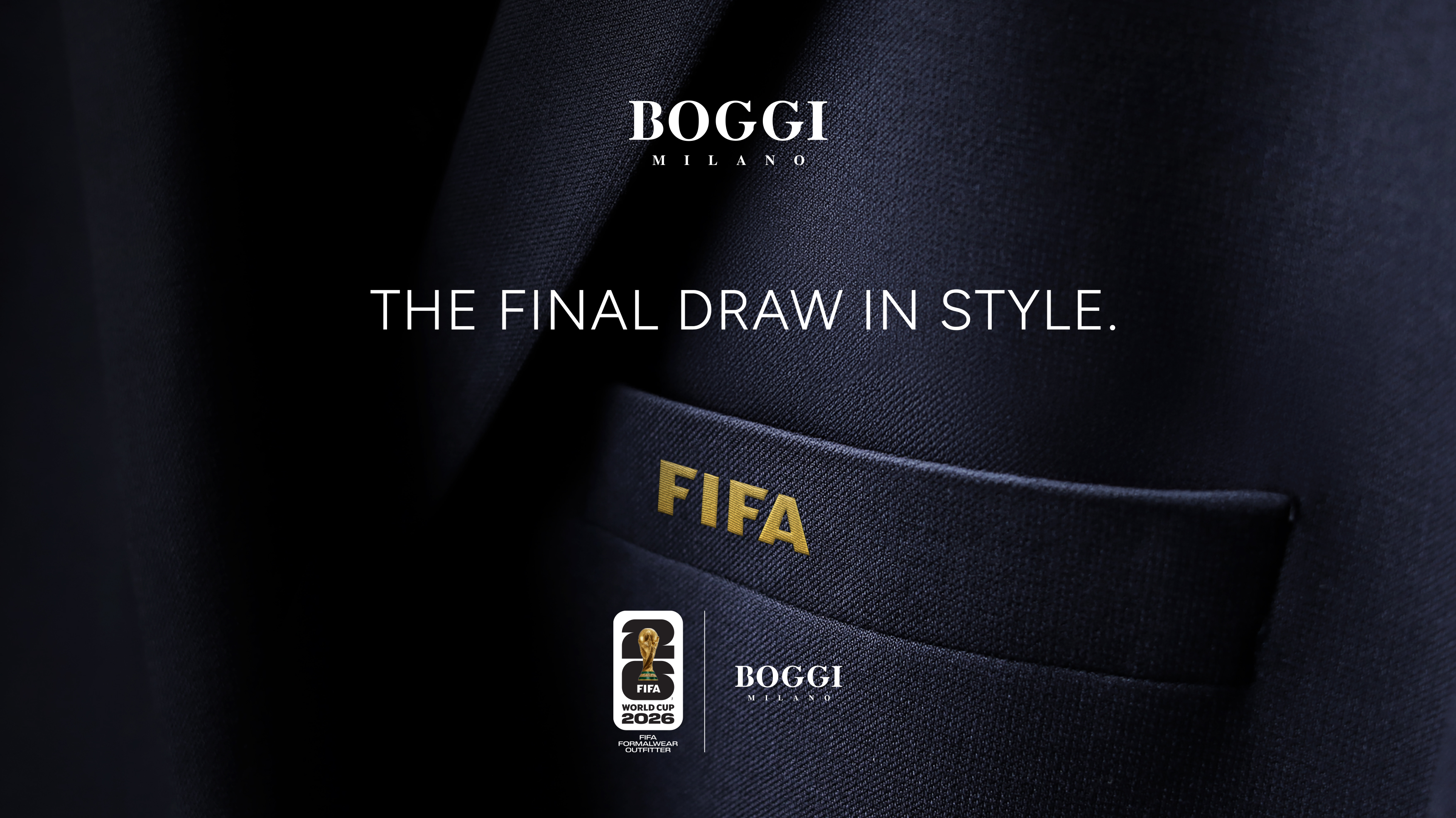![Alt Text]()
The Paris fall/winter 2019 fashion season was surely a mixed bag with stellar collections from Balenciaga, Rick Owens, and the particularly supreme lyrical Comme des Garçons as well as an emotional tribute to Karl Lagerfeld at Chanel in a snow filled mountaintop Swiss ski resort with Philip Glass music enchanting the audience. On the whole, the Paris shows remains the undisputed global fashion capital that attracted smaller brands like Altuzarra and Noir Kei Ninomiya to compete on an equal platform for both audience and commerce with the giant behemoths Chanel, Dior and Louis Vuitton.
The buzzword floating around Paris was ‘bourgeois’ meaning the kind of style associated with the upper middle class French recalling the era when French designers such as Claude Montana who dominated the ready to wear market with a style of outsized silhouette and expert tailoring with clothes that portrayed power and influence. But bourgeois now concocted expensive and classic garments that are a sure commercial bet rather than statement making, despite some with those oversize shoulders.
By the time the last show ended, it was clear that clothes, well specifically these ready to buy and wear garments available in stores and at various e-commerce sites around early August, took center stage at the most influential Paris runway shows. Balenciaga and Celine led the pack that stayed clear of narrative or convincing story telling because the clothes can stand on their own without any requisite additives. In his 109 look co-ed show, Demna Gvasalia set a new template for Balenciaga in terms of business – the brand will no longer do resort and pre-fall collections but just two collection per season with delivery of products stretched out during that half year retail time frame. This was the commercial model for high fashion in the decade and a half ago prior to the advent of standalone cruise collections.
To achieve this new commercial model, Gvasalia delivered on the high fashion premises of the clothes that updated the house’s heritage of innovative silhouettes for both women and men to wear day or night in the forms of pantsuits with broad shoulders, wool coats with giant exaggerated shoulders, colorful puffers and duvet coats and long print dresses that all encompass novel shapes in a range of fabrics. Shown at a television film studio with asphalt floors, flashing lights and loud dance music, the Balenciaga clothes had distinctive Balenciaga signatures and required no supporting ‘actors’ aka expensive stagecraft.
Similarly inside a vast tent under the gold dome housing Napoléon tomb at the Hôtel des Invalides with just a moveable ‘dressing room’ as a set, Hedi Slimane stirred a new direction at his third show for Celine, ushering in a more classic look of camel cashmere coats, jackets and pleated skirt, and riding capes with scale and conviction that mirrored his men’s show in January. In lieu of the late night nomads feel of his debut show last September. The new spirit in this Celine show was the apparent all too normalcy of the clothes rather than a collection framed in the usual rock and music aficionados’ sartorial language. All done with the intention of reaching the now generation who may not used to these more conservative dressing styles. Slimane’s major altered course will allow Anthony Vaccarallo at Saint Laurent to continue to develop and evolve on the silhouettes that Slimane firmly established at the house. This time Vaccarallo injected big shoulder aesthetics of the 80’s onto heavy coats and jackets that gave his Saint Laurent a slight move forward to construct his own vocabulary in the near future.
At Dior, Maria Grazia Chiuri made great commercial clothes – yes that meant tartan anoraks and parkas, faded denim jackets and skirts, slim pantsuits, and easy evening dresses – that triumphed over the omnipresent messaging of feminism with the décor of the poet Tomaso Binga body letters spelling out words inside the tent at the Rodin gardens. Natacha Ramsay-Levi gave her Chloé girls remarkable chic clothes with special attention to details like an olive wool military coats with fur collars or a camel coat with funnel collar, wine check wool dresses with tight waist, long floral dress with side slit or a simple denim coat-dress. Joseph Altuzarra showed his strength in creating a rift on sophisticated dressing by pairing his soft print silk dresses with black oversize shearling bikers and parkas – adding a fetish element into his repertoire of feminine wardrobe. At Sacai, Chitose Abe brought new proportions to her hybrid couture with an interplay of the mixture of the sizes of garment combining them into one such as a heavy grey wool coat with a green corset waist belt, a skinny knit biker and large puffer coat, or an oversize camel trench coat with a tiny cropped green down vest.
Tailoring was the strength of both Claire Waight Keller’s Givenchy and Sarah Burton’s Alexander McQueen. At Givenchy, the tailoring took a rigid and structure route with the shape of big shoulders on top and belt at the waist like a double-breasted Prince of Wales coat and a green or brown versions of a pantsuit, both belted to telegraph the dramatic v-shape outline of the garments. At Alexander McQueen, the mills towns of north England, where the wools were traditionally made for London’s tailors, provided Burton with a grounded inspiration for her meticulously cut jackets and coats draped in asymmetrical layers of worsted wool fabrics. Dries Van Noten too opened his show with a navy tailored pinstripe pantsuit following by coats in charcoal that signaled a quieter outing for his dresses and coats decorated with photo print of roses from his own garden in various stages of bloom. While elements of tailoring permeated here and there at the Off-White show expressed in a white collar jacket with short wavy skirt or black leather pantsuit, the end of the street wear influence left a conundrum for the brand where a model wore a long flare silk organza coat, hot pants and leather boots all in a yellow and light charcoal checkered print that exactly matched the painted floor. The clothes shown were fine – oversize trenches and coats, pantsuits, great denim pants and blousons – but the lack of the force of logos of past seasons diminished their draw power. John Galliano at Maison Margiela showed what a pure tailored silhouette can manifest into great coats with elevated sleeves like a camel trench with black sleeves or a black slim fitted jacket with flare sleeves and pants.
At Valentino, Pierpaolo Piccioli didn’t just talk about being in love metaphorically – he did with asking four poets to compose verse based on conversations with him among them Greta Bellamacina and Robert Montgomery whose verse ‘The people you love become ghosts inside of you and like this you keep them alive’ were mounted with light letterings at the entrance of the catwalk. Some of these poets words ended up on the bottom sides of black or white trenches, on white short dresses with space floral print or black flare coats with floral print on the side. But Piccioli created great and poetic clothes with haute couture volumes with little need for putting actual words and photo prints of black and white figures embracing each other in collaboration with Jun Takahashi on dresses and coats that at times seemed overdone with unnecessary decorations. But at Noir, the designer Kei Ninomiya showed some the most intricate clothes based on the rose, like a black rigid circular weave top and leather skirt, a black and white rose flowers coat or a long tulle dress adorned with rose replicas – a collection that encompassed both the poetic and the experimental.
On the opposite spectrum, where the decoration was vital to the collection, Nicolas Ghesquière’s anchored his Louis Vuitton show in a faux reconstruction of the Beaubourg Museum, where colorful venting pipes covered the building exterior was integral to the mixtures of materials and cuts of each looks that recalled the – pink floral dress with v-neckline ruffles, floral ruffle blouse with tailored crepe pants, oversize patchwork sleeveless vest, stripe shirt and red tie and blue skirt, or colorful patchwork of leather jackets and short skirt. In between were black double-breasted jacket, black leather bikers, and the likes of a black broad shoulder coat. But Jonathan Anderson at Loewe truly mastered the mixture of a bit of drama into his collections for the Spanish house and this time with a show around 17th century miniature portraits that offered the intimacy of the clothes – black slim wool coats, blue and black silk v-neck dresses or brown slim suit all worn with black or white hats with ears or furry caps. A brown wool coat with asymmetrical collar and out fold patch pockets while at first seemed slightly weird was a classic Anderson mix of the eccentric and the mundane that worked wonderfully in this show.
The most emotional show of the season was at Chanel where there was a tribute to the late designer Karl Lagerfeld in a Swiss mountain resort setting. After a minute of silence and the voice of Lagerfeld in an interview, where he talked about his early days at Chanel where others advised him against taking the job, sounds of small bell rung and the show started as with any Chanel show over the decades with a grand display of the new versions of the house tweed suiting and coats – this time crafted with ease in loose silhouettes primarily paired with pants and led by the house longtime muse and ambassador Cara Delevingne. An all white final section of the show was a spectacular and masterful farewell to Lagerfeld whose presence at Chanel will be felt for many years to come.
But two of the outstanding shows in Paris this season belonged to Rick Owens and Rei Kawakubo at Comme des Garçons. Both these designers relied on their own instinct to evolve their work rather than looking elsewhere for content to substitute for true creativity. Owens abandoned his more hardcore approach in the last two seasons, like the spring show of burning pyre representing the destruction of the utopian Tatlin’s Tower, allowing a bit of glam and sex into a collection that combined great tailored jacket and coats with dresses that twisted around the body in different print fabrics. All the silhouettes were signature Owens but the spirit and mood were different pleasure and more of an embrace of the celebratory.
In the second season where Rei Kawakubo left behind her five years of showing a framework for conceptual clothes rather than actual ready to wear garments, the designer marshaled elements of Victorian dresses to modern day shapes in the mostly black collection under the theme of ‘gathering of shadows’ like a black cotton ruffle paired with a black rubber bolero or red tweed Marie Antoinette pannier skirt with black wool cropped capes with round collar and ruffle trims and yellow tartan pants. At Comme des Garçons, the clothes themselves provided the narrative. All the models came out for the finale and formed a circle and raised their hands above their heads as a beam of white light shone from above. Somewhere in between the darkness of the clothes and the menace noise of the soundtrack was a group of children singing “All Things Bright and Beautiful.” In times of darkness there is always light ahead the clothes indicate.
The Paris shows define the zeitgeist of where fashion is today – bourgeois, eccentric and individualistic. It is also more conceivable today that the consuming audiences are looking to some kind of connection to the designer’s frame of mind as expressed in the clothes they presented, a sort of kinship. Yet the best of the clothes embraced the craft of making clothes were from the designers with a clear vision for their brand and for fashion at this moment. Better are the clothes that can stand on their own and tell a story rather than have any narrative imposed externally.
Photos courtesy of Respective Houses
F L A U N T

